Last-Minute NYC Holiday Gift Guide 🎁
We’ve created a holiday gift guide with presents for the intrepid New Yorker that should arrive just in time—

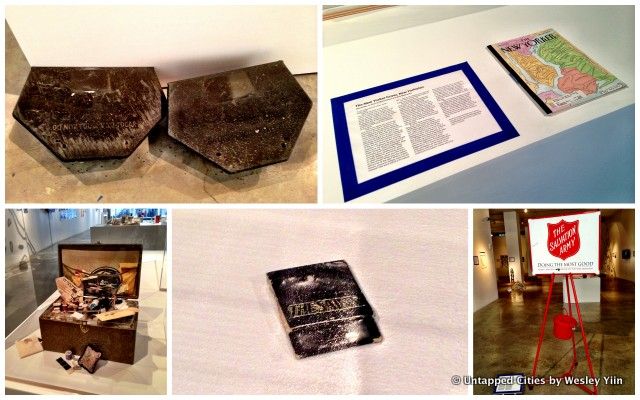
Some of the objects represented in the exhibit. Clockwise from top-left: Bait Stations, The “New Yorkistan” New Yorker cover, Salvation Army Red Kettle, 1980s Saint Matchbook, Ruth Rubenstein’s Sewing Box.
What one object best represents your city? The New School asked 62 of its faculty member this question and assembled their responses. The result is “Masterpieces of Everyday New York: Objects as History,” an exhibit held at Parsons’ Sheila C. Johnson Design Center, which will be on display until September 4. Each object is staged next to a personal essay written by the professor that chose it. Although the term “object” is abstracted greatly–sounds, buildings, and intangible ideas are included–the gallery utilizes the concepts to highlight the history, culture, and spirit of New York City. Here are some of our favorite inclusions:
The Metropolitan Museum of Art Button
Objects symbolizing personal growth aided by notable New York structures were common. Perhaps because of the Met’s recent switch from button to sticker tickets, this choice struck a chord with us. Art History Professor Sarah E. Lawrence wrote in her essay that the buttons were “badges of independence” that she would collect from her after-school visits. She acknowledges the buttons’ higher significance by describing a Parsons student’s dress made entirely out of the admissions buttons. The dress was later installed at the Met, with its catalogue entry reading, “The encyclopedic museum represents… the monumental span of art history. The paradox of the daily admission button is that it only allows limited access to the timelessness of art.”

1911 Shirtwaist
Theater Professor Cecilia Rubino introduces the “Shirtwaist” blouse by describing its initial paradox: Though the garment symbolized the liberation of American women, it was, for a long time, manufactured by women working in oppressive sweatshops. Then the tragic Triangle Shirtwaist Fire happened in Greenwich Village, and the outrage that followed sparked a movement toward improved safety and working conditions (which later on served as the template for the New Deal). To Rubino, the shirtwaist exemplifies how a simple garment can be a catalyst for social change.
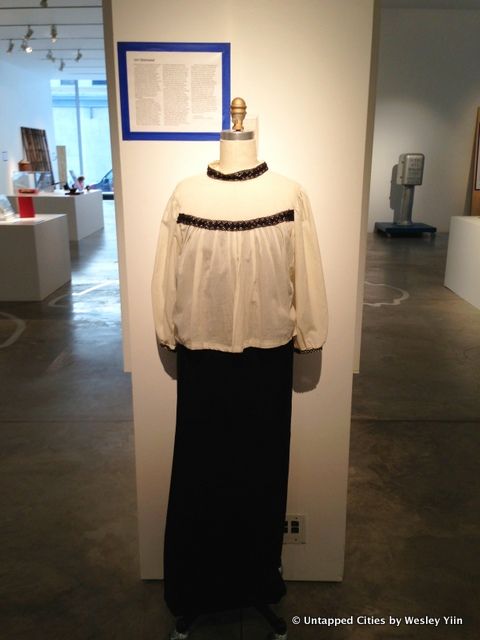
DEP Water Sampling Station
Teamwork is paramount for the survival of a metropolis like New York City. Edward Keller, Associate Professor of Design Strategies, explains the infrastructural collaboration that goes into the process of ensuring clean water, involving farmers in upstate New York and watersheds from over a hundred miles away from the city. Looking to the future, Keller predicts that there will soon be millions of these stations, “a real-time nervous system of the city sensing the pulse, chemistry, and genetics of NYC’s vast collective body.”
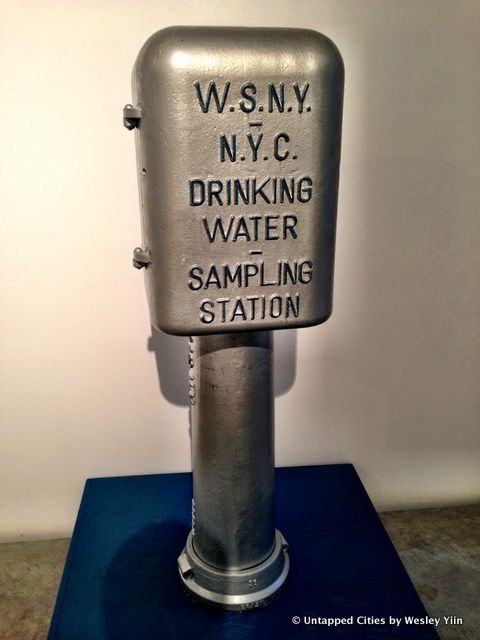
Morning Coffee
Many of the objects take on the city’s racial diversity directly. We preferred Chief Curator Radhika Subramaniam’s more subtle tribute to her morning coffee. She, originally from India, begins by laying out her daily interaction with Ibrahim, an Afghan coffee cart vendor. From there, the essay spins into a discussion of the various racial, ethnic, and nationalistic affiliations that cityfolk tend to hold on to. In the end, however, they’re all New Yorkers united by simple things like coffee.
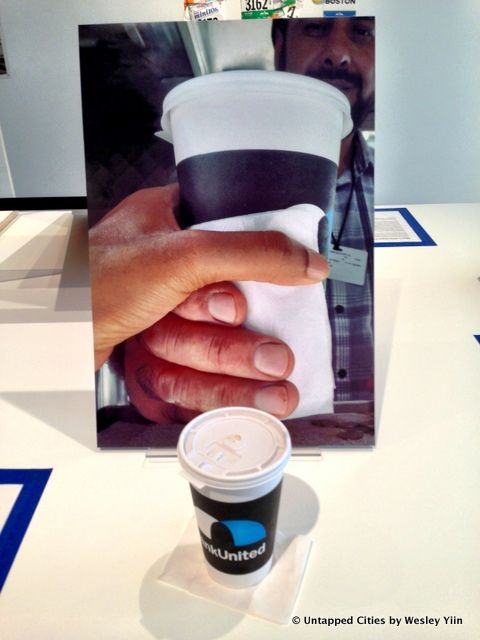
1972 Subway Map
Massimo Vignelli’s under-appreciated diagram of the New York City subway demonstrates why this city is like no other. Following the city’s takeover of the three privately run subway systems in the 1940s, a combined schematic became necessary to better depict the conglomerated system. Vignelli’s attempt simplifies New York into geometric shapes without streets and most landmarks; his submission was meant to be solely functional as a subway map. Architect and historian Matthew Worsnick explains that this approach worked in London, where people travel from point to point. Here, however, citizens rely on the street grid–“the island is known as a totality, or not at all”–and so the map failed. Today, it is ironically embraced as an artwork, serving only as a visual treat.
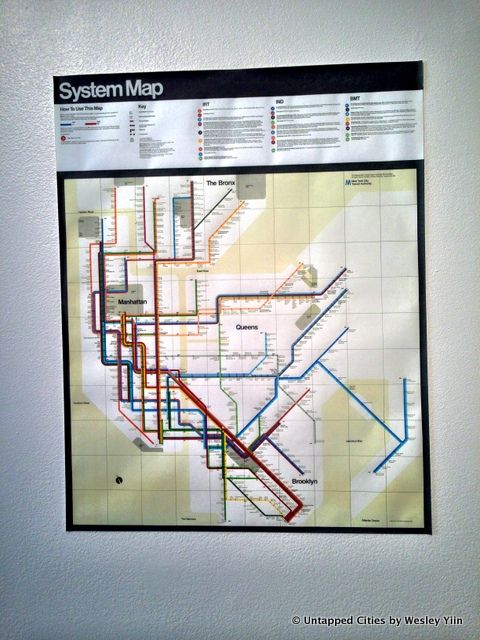
See more about the exhibit at the Parsons New School for Design website.
Get in touch with the author @YiinYangYale.
Subscribe to our newsletter